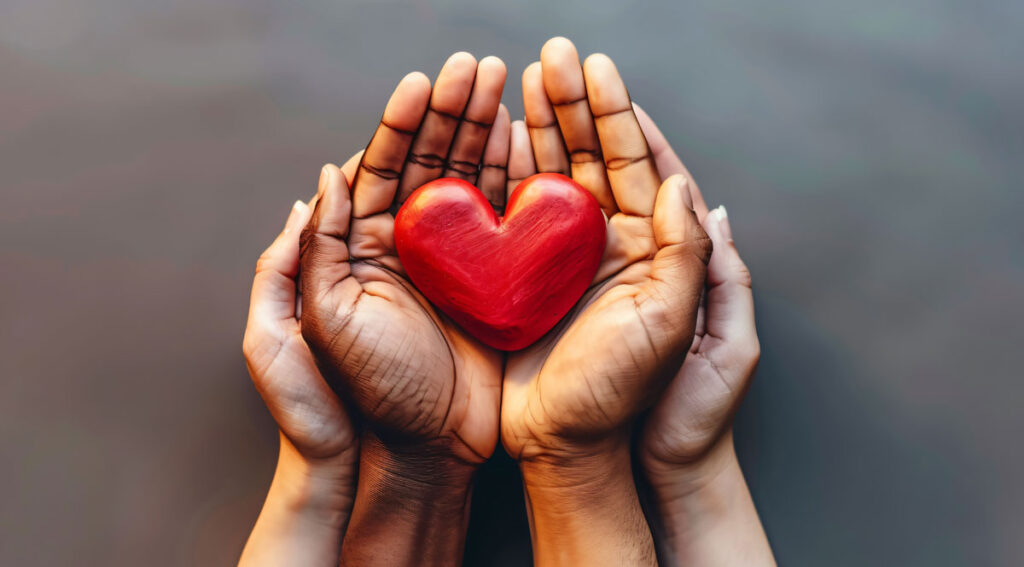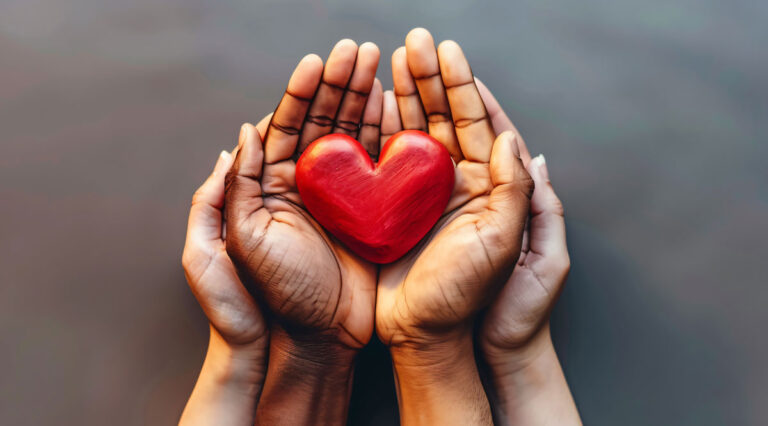
Every year on June 14, the world comes together to celebrate World Blood Donor Day, a powerful reminder of how one simple act can save countless lives. As hospitals and healthcare providers across India and the world face rising demand for blood, this day offers not just recognition to selfless donors, but also a crucial opportunity to raise awareness about the need for regular, voluntary blood donations.
Why June 14 Matters
World Blood Donor Day was first initiated by the World Health Organization (WHO) in 2004, and the date—June 14—honors the birth of Karl Landsteiner, the scientist who discovered the ABO blood group system. His discovery in 1901 revolutionized blood transfusion and laid the groundwork for safe and effective blood banking systems used today.
Theme for 2025: “Give Blood, Give Hope: Together We Save Lives”
The theme for World Blood Donor Day 2025 is a call to unite communities and individuals under one cause: saving lives through blood donation. It emphasizes not just the medical necessity, but the emotional and social hope every donation brings. Blood can’t be manufactured—it must be donated. And with India’s growing healthcare demands, that contribution has never been more important.
India’s Urgent Need for Blood
India requires over 13 million units of blood annually, yet faces frequent shortages—particularly in rural and underserved regions. Road accidents, childbirth complications, surgeries, and chronic illnesses like thalassemia and cancer contribute to the ever-increasing demand.
Despite this, myths, fear, and a lack of awareness often discourage potential donors. This year’s observance aims to not only thank regular donors but also educate the public, promote safer donation systems, and inspire more people to donate regularly.
The Life-Saving Impact of Blood Donation
Blood donation is a selfless act with life-changing consequences. A single unit of blood can save up to three lives.
For recipients, it means:
- Survival during surgery or trauma
- Support for chronic conditions like sickle cell anaemia or cancer
- Lifesaving intervention during maternal emergencies
For donors, it offers:
- A free health screening at every donation
- Improved circulation and stimulation of new blood cell production
- A chance to make a real difference in their community
Who Can Donate?
If you’re between 18 to 65 years, weigh more than 50 kg, and are in good health, you may be eligible to donate blood. Pre-donation checks are quick and ensure safety for both donor and recipient.
Common Myths Debunked
- “Donating blood makes you weak” – False. The body replenishes blood naturally within a few days.
- “Women shouldn’t donate” – Not true. Women who meet health criteria can safely donate.
- “You can get infections from donating” – Absolutely false. The process uses sterile, single-use equipment.
- “Only rare blood groups are needed” – All blood types are important, and demand exists for every group.
What First-Time Donors Should Know
The donation process is simple, safe, and takes about 30 to 45 minutes, including rest time. After a basic health screening, you’ll donate around 350–450 ml of blood. Light snacks and drinks are provided to help you feel refreshed after your donation.
How You Can Make a Difference This Year
This World Blood Donor Day, take action:
- Donate blood at a certified center or mobile camp
- Share your story or post awareness content online
- Encourage friends and family to become regular donors
- Organize or support a blood drive in your community
- Pledge regular donations—blood has a short shelf life and is always needed
In Conclusion: A Small Act, A Big Impact
Blood donation is not just a health necessity—it’s a powerful gesture of hope, compassion, and community. As we observe World Blood Donor Day 2025, let’s remember: your blood could be someone’s second chance at life. Whether you’re a regular donor or considering it for the first time, now is the time to act.





